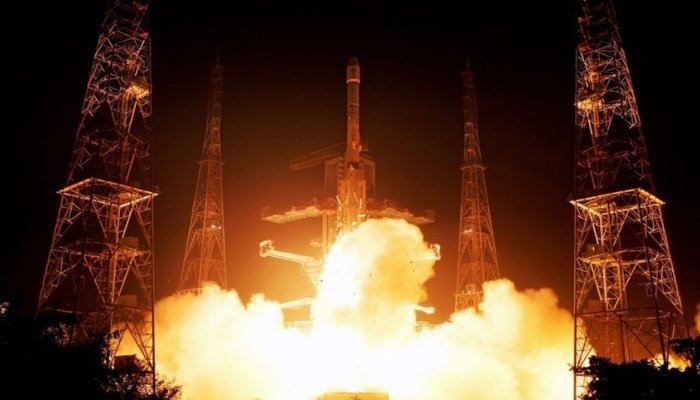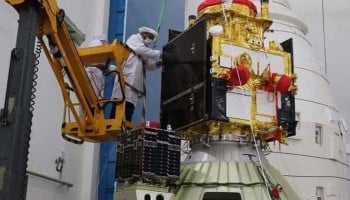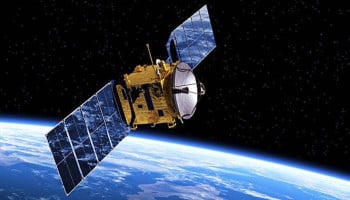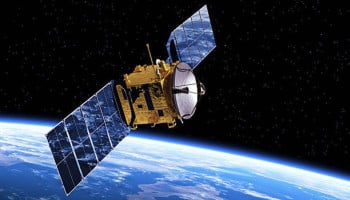
The Indian Space Research Organisation (ISRO) successfully lifted off the NVS-02 navigation satellite aboard the GSLV-F15 rocket on Wednesday. The mission was conducted from Sriharikota at 6:23am, marking the 100th launch by the Indian space agency.
The satellite was placed into the intended Geosynchronous Transfer Orbit (GTO), strengthening India’s Navigation with Indian Constellation (NavIC) system.
Mission details and NavIC expansion
The 50.9-metre GSLV-F15 rocket, powered by an indigenous cryogenic upper stage, was launched following a 27.30-hour countdown. The payload, NVS-02, is another satellite in the second-generation NavIC series, particularly designed to improve positioning, navigation, and timing service across the country.
According to ISRO, the NVS-02 satellite was developed at the U R Rao Satellite Centre in Bengaluru. It features navigation payloads functioning in the L1, L5, and S bands.
The satellite is powered with a tri-band antenna and an indigenous Rubidium Atomic Frequency Standard, improving the accuracy of the system.
In its official statement, ISRO emphasised that the NavIC system is poised to support applications in terrestrial, maritime navigation, aerial, fleet management, satellite orbit determination, IoT apps, and more.
The full second-generation NavIC constellation supports five satellites from NVS-01 to NVS-05.
Speaking to the press, Narayan attributed the success to ISRO’s leadership through the years, acknowledging figures including Vikram Sarabhai, S. Somanath, and AS Kiran Kumar.
Narayam further emphasised ISRO's record of launching 548 satellites, such as 433 foreign satellites, with a total payload limit surpassing 120 tonnes.
















